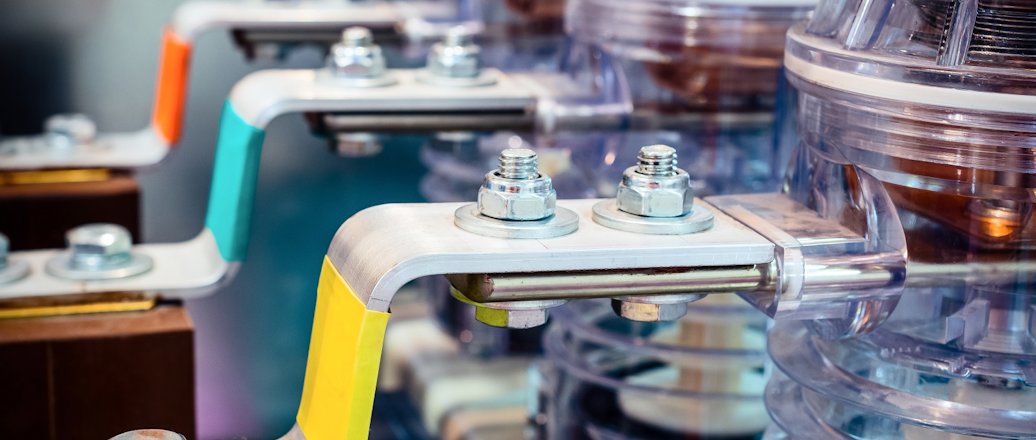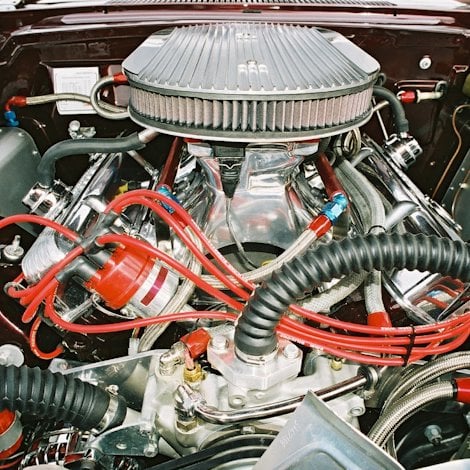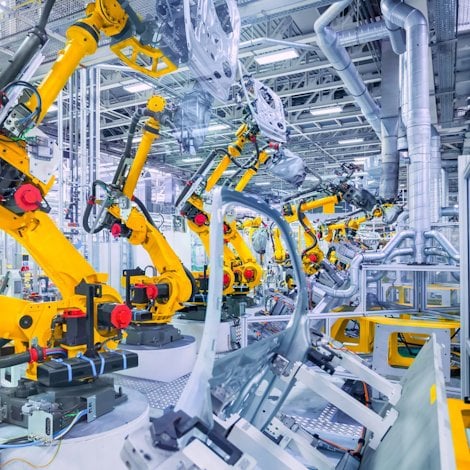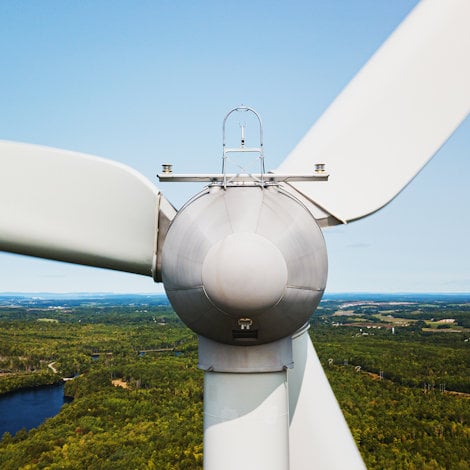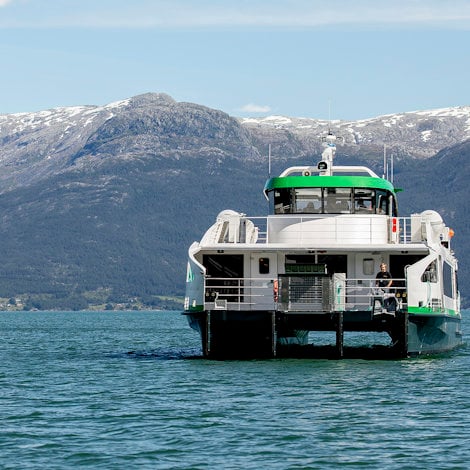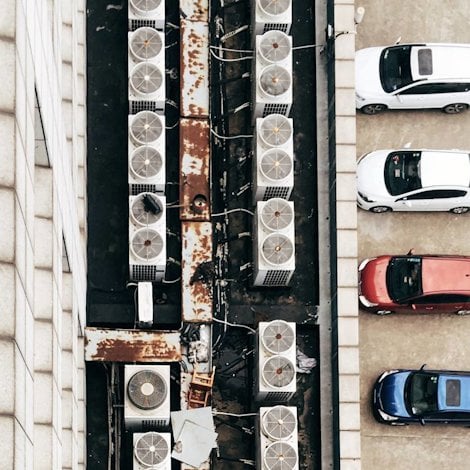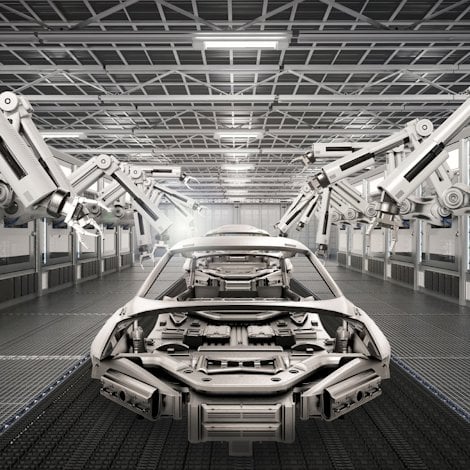Why aluminium busbars are gaining ground in low-voltage market
Busbars used to be flat strips of copper that panel builders bought and installed in low-voltage switchboards. Now we have aluminium horizontal-profiled busbars that connect vertically with a wider range of current ratings. This is good for OEMs.
One reason why the busbar has replaced hard-wired power distribution in industry is the rise of aluminium. And the rise of aluminium is due to its low cost, compared with copper. Recyclable aluminium is not prone to scarcity or to volatile commodity markets.
It is also up to 70 percent lighter than the red metal. A single operator can install busbars made from aluminium quickly and easily because they are so light. And with their customized extruded profiles, they slide or dovetail securely into position.
Larger surface, greater heat exchange, more efficient thermal dissipation
Hollow and extruded profile busbars have a larger surface than standard rectangular sections. This gives greater heat exchange and more efficient thermal dissipation. In a cramped enclosure, that is a powerful advantage.
You can actually have your busbars extruded to enhance natural convection – one of the three ways that heat can be dissipated. A long, thin busbar with additional fins improves the mix and flow of heat and air, for example.
With their hollows and protrusions and ionized surfaces, today’s aluminium busbars optimize heat dissipation and reduce resistivity.
Aluminium busbars more conductive than copper
Some say aluminium is significantly less conductive than copper. But is it? Sure, for the same current rating, the cross-section area of an aluminium busway is greater. But it is much lighter. In fact, kilogram for kilogram, aluminium busbars are 50 percent more conductive than copper. You are doubling the conductivity per mass.
People also say that “aluminium busbars can’t withstand electromechanical stress.” But do they know that the tensile strength of an aluminium busbar can withstand currents of 4000A? Or that high-strength aluminium alloys have mechanical resistance of up to 530 Newton/mm²? That’s ample to take the strain and pain of thermal expansion.
In this cost and environment-conscious age, aluminium is asserting its inherent properties.

